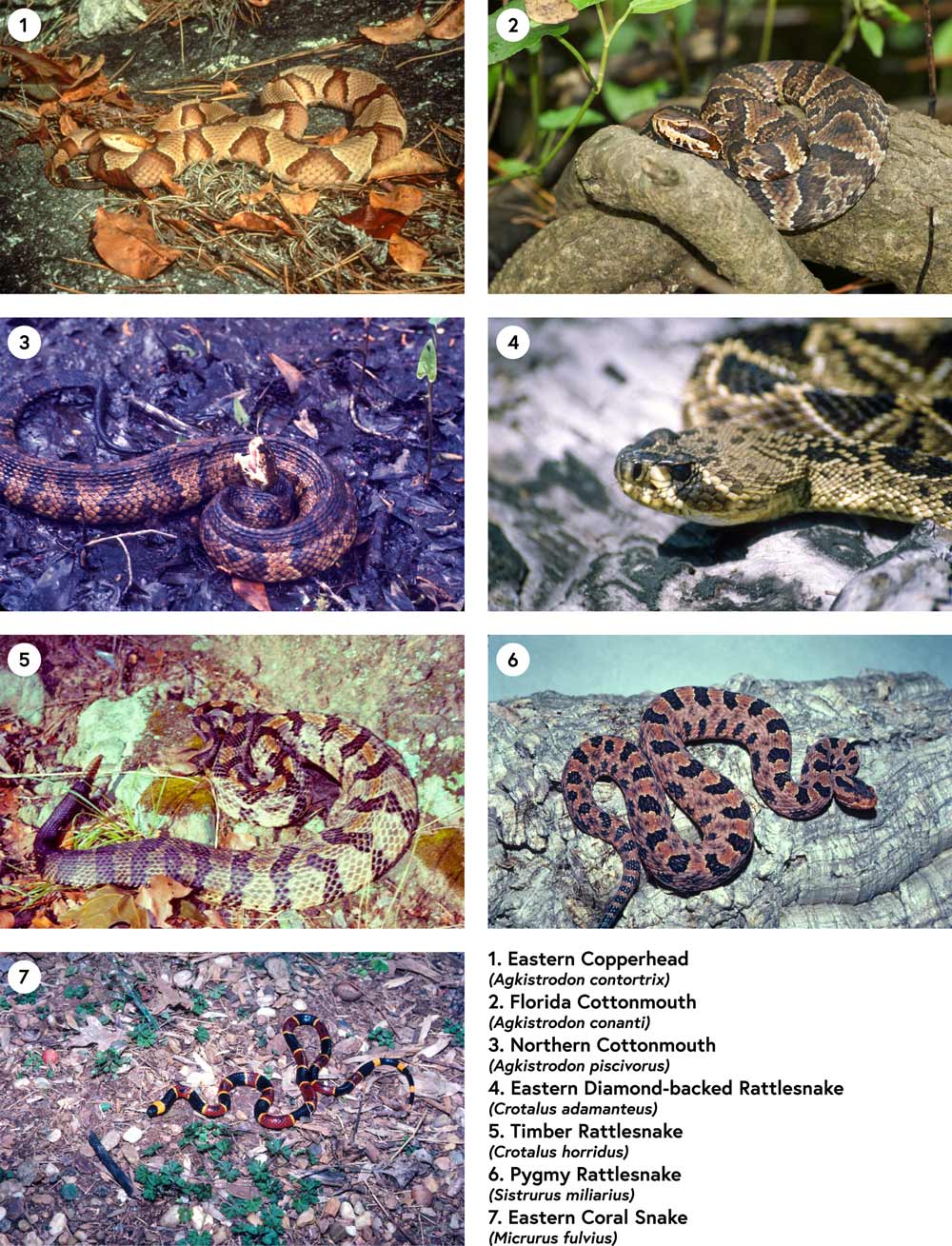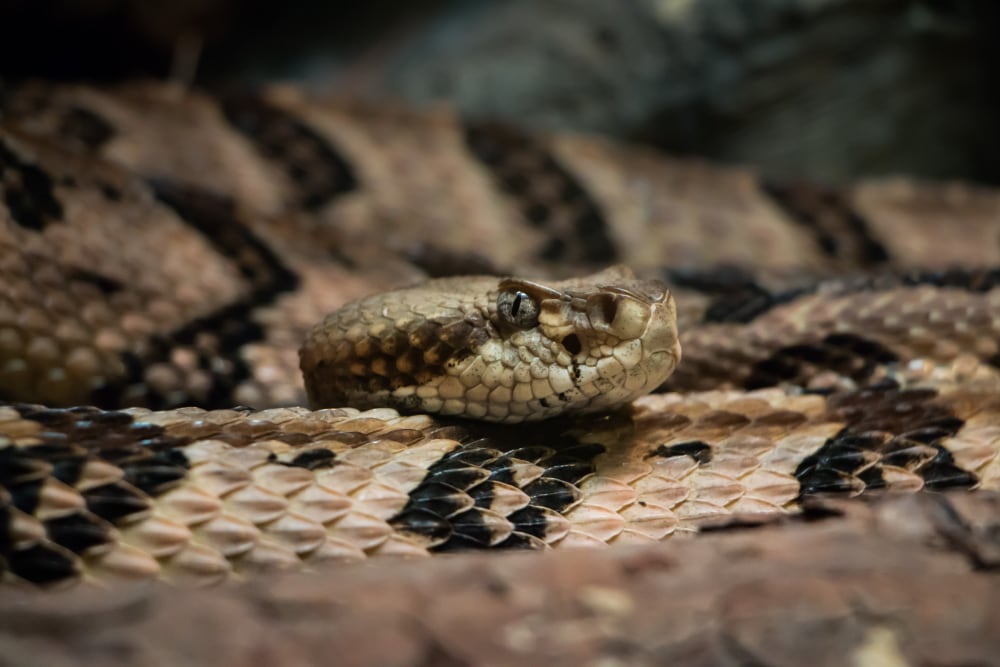Similar studies should be carried out in other states to establish a nationwide picture of the risk of venomous snake bites and temperatures.
As the day progresses and gets hotter, the likelihood of venomous snake bites increases in Georgia, according to a study published in the journal GeoHealth by researchers at Emory University in Georgia.
The study says that every degree of Celsius that increases during the day results in about a 6 percent increase in snake bites.
“Venomous snake bites are classified by the World Health Organization (WHO) as a high-priority neglected tropical disease,” Noah Scovronick, a health and environmental scientist at Emory University, lead author of the study said in a statement announcing the published study. “We don’t know much about how weather — meaning short term changes in meteorology — drive human-snake interactions, partly because a lot of dangerous snake bites occur in places that lack good data on causes of morbidity and mortality,” Scovronick said.

The seven venomous species of concern in Georgia, USA. All photos courtesy of co-author Lawrence Wilson
The researchers compiled and researched hospital data statewide from 2014 to 2020 and found 3,908 visits due to venomous snake bites. That is 558 snake bites each year that they studied. They then relied on statistics to compare hospital visits to daily weather records looking for a correlation between minimum and maximum air temperature, precipitation and humidity and how these factors relate to snake bites. They also controlled for the month and the day of the week the bites occurred and found that the occurrence of the venomous snake bites coincided with the increased maximum daily temperatures. The researchers noted that summers had the highest frequency of venomous snake bites, and spring had the strongest association with regard to the temperature and snake bites.
The researchers think, but haven’t confirmed, that snakes are “waking up” in the spring, and are more active and are reproducing, while summers could get hot enough for the snakes to slow down and seek shelter from the heat. More study is need on this hypothesis, the researchers noted, especially at the species level. Other weather factors, such as humidity had little or no association with venomous snake bite frequency.
Top 10 Venomous Snakes Of Australia
Top 10 Venomous Snakes of the United States
Scovronick noted that similar studies should be carried out in other states to establish a nationwide picture of the risk of venomous snake bites and temperatures. “We can learn a lot about snake bite patterns even with fairly modest data and using established epidemiological methods,” he said. “This study demonstrates that.”
Georgia as a Model
Georgia is an interesting model in that it is home to 45 snake species in the state, seven of which are venomous. Six of these snakes are vipers: the Eastern copperhead (Agkistrodon contortrix), Florida cottonmouth (Agkistrodon conanti), Northern cottonmouth (Agkistrodon piscivorus), Eastern diamond-backed rattlesnake (Crotalus adamanteus), timber rattlesnake (Crotalus horridus), and the pygmy rattlesnake (Sistrurus miliarius). The Eastern coral snake (Micrurus fulvius) is the seventh venomous snake in the state.
The complete paper, “The Association Between Ambient Temperature and Snakebite in Georgia, USA: A Case-Crossover Study” can be read on the GeoHealth website.


